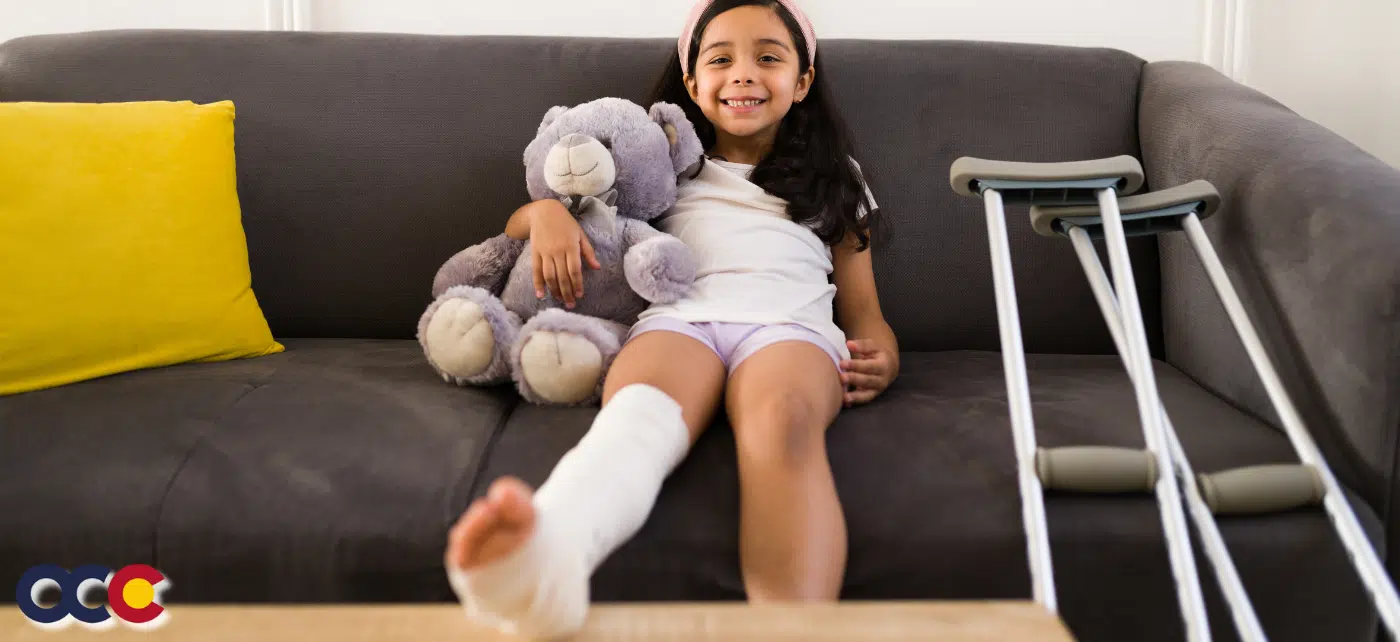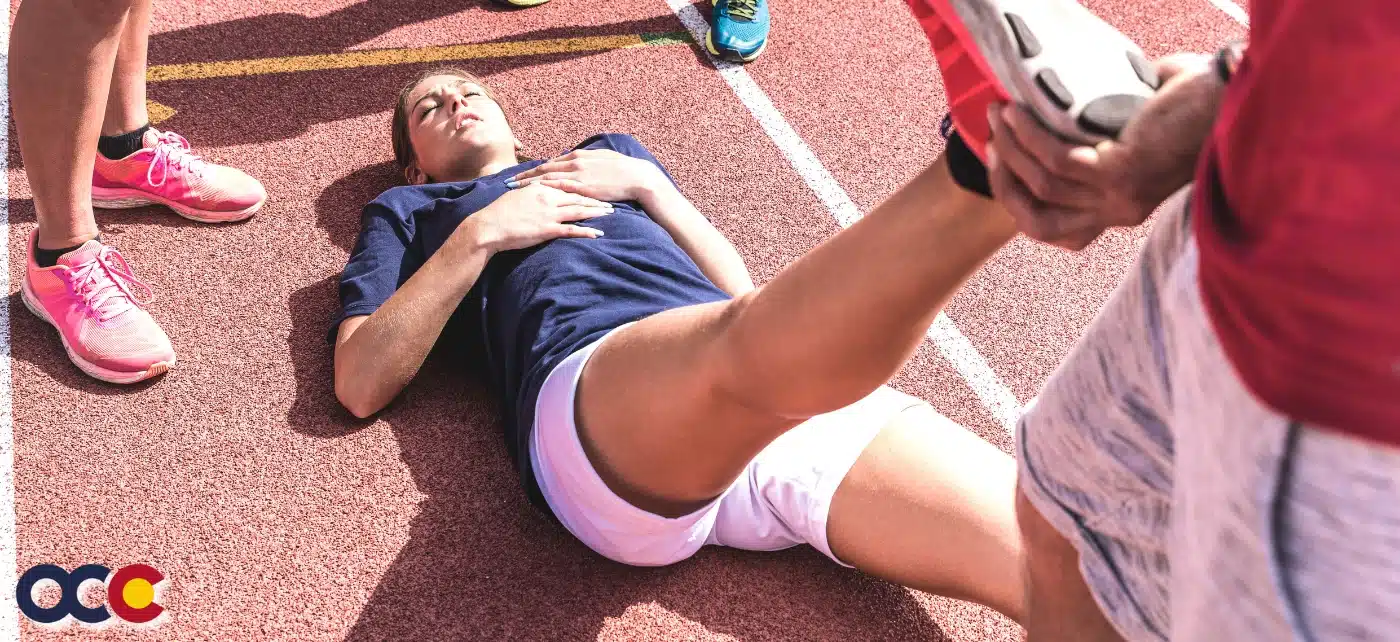As your child’s bones grow and develop, what are called their growth plates are prone to injury. Growth plate fractures are cracks in a child’s growth plate—the special section of the cartilage at the ends of their long bones. These fractures may vary from mild to serious, but it is important to find out as soon as possible. They often need immediate treatment because they can affect how the bone will grow. If one leg were to stop growing because of a growth arrest, the legs could end up being different lengths. Since height is determined by multiple growth plates in the hips, knees, and ankles, a growth plate injury in just one of these areas may impact your child’s height significantly. With proper and early treatment, most growth plate fractures heal without complications. Your child depends on you, and you can depend on your child getting the care they need from the experienced orthopedic specialists at OCC – Advanced Orthopedics in Denver, Parker, or Aurora, Colorado.
OVERVIEW
The growth plate is exactly what it sounds like—a special piece that helps bones grow and develop into the correct size and shape. These fractures are very common injuries. These plates are the softest and weakest sections of the skeleton — sometimes even weaker than surrounding ligaments and tendons. An injury that might cause a joint sprain in an adult can cause a growth plate fracture in a child. Growth plates are involved in approximately 15 percent of all fractures that occur in children, often as a result of falls and injuries to the limbs.
ABOUT GROWTH PLATES
Growth plates are soft areas of developing cartilage at the ends of a child’s long bones. These bones include the femur (thighbone), the lower legs (tibia and fibula), the forearm (radius and ulna), and the bones in the hands and feet. There are usually two growth plates in each long bone, one at each end. As kids grow, the growth plates harden into solid bone. A growth plate that has completely hardened is a “closed growth plate.” After the growth plate closes, the bones are no longer growing. Growth plates usually close near the end of puberty. For girls, this is usually when they’re 13-15; for boys, it’s when they’re 15-17.
WHAT IS A GROWTH PLATE FRACTURE?
Growth plate fractures are breaks in the growth plates. The prognosis of these fractures depends on several factors, including the type of injury. Orthopedic surgeons classify growth plate fractures according to the Salter-Harris classification system. This classification helps to distinguish different types of fractures. This is why growth plate fractures are also called Salter-Harris fractures. This system divides growth plate fractures into five types:
- Type 1: A break that separates the growth plate cartilage from the end of the child’s bone
- Type 2: The crack in the growth plate that also spreads to the shaft of the bone. These are the most common type.
- Type 3: The fracture breaks a piece of the growth plate and the end of the affected bone loose. These fractures are more common in teens and older children because their growth plate has started hardening into adult bone.
- Type 4: Similar to type 3, but more severe. The fracture breaks off a piece of the growth plate, the end of the bone, and its shaft.
- Type 5: A crack in the growth plate caused by crushing pressure on a bone. These are the least common type.
Read more about Growth Plate Fractures on our new Orthopedic News Site – Colorado Orthopedic News. Schedule an appointment with a specialist today.





















